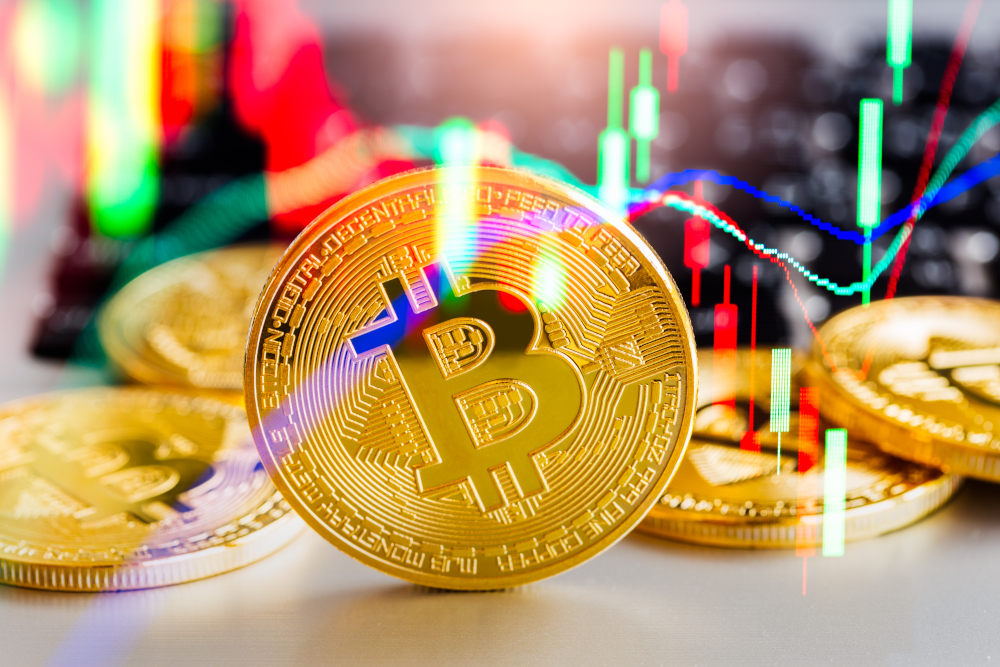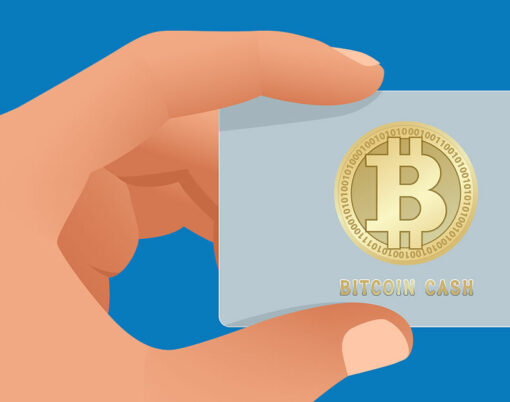Cryptocurrencies were a hot topic in the final quarter of last year, with many experts predicting that Bitcoin would surge beyond the $100,000 mark and elevate other digital assets along with it – but the onset of Omicron, alongside a variety of other factors, meant that most cryptocurrencies took a tumble that they are still trying to recover from.
Nevertheless, seasoned investors know that it’s precisely this kind of market volatility that can make cryptocurrency so profitable – provided you know the right moves, and when to make them. Bitcoin, in particular, has already proved itself to be resilient, with an impressive ability not just to bounce back, but to come back bigger and better than before, and so many traders are taking advantage of the recent dips to invest while prices are low.
The experts at The Money Mongers – a platform which aims to help as many people as possible to get started with crypto, has also reported a dramatic number of new trader sign-ups in the first month of the year- a sign, if one was needed, that Bitcoin and its alt-coin peers aren’t going anywhere. And, they say, trading isn’t the only way to make money from crypto, with a growing number of investors opening crypto savings accounts with popular crypto lending services in order to earn interest on their Bitcoin fortunes.
But this year, it could be the blockchains behind these innovative digital assets that really win our attention, as the true scope of their applications is still only just beginning to be understood. Nigel Green, CEO of global financial giant DeVere Group, believes that the technology is set to irreversibly shake up the global payments system in what could be one of the most exciting crypto-related developments we’ve seen to date.

As adoption of Bitcoin and its peers continues to grow, we’re seeing an increase in financial innovation, too, with central banks across the globe hurrying to develop their own digital currencies (CBDCs).
Now, the U.S. Federal Reserve – the world’s most influential central bank, has for the first time launched an in-depth discussion paper that will act as the basis of what will be a consequential debate about introducing a digital dollar.
Nevertheless, the nation still continues to lag behind China, which has already begun to pilot its own digital currency, having banned Bitcoin outright in a bid to retain control. The European Central Bank has also made significant progress in the move towards a digital Euro, while the Bank of England has invited comments on a recent discussion paper, too.
Add to that the fact that Sweden has finalised a technical pilot, and ahead of the pack, last April, the introduction of the world’s first CBDC in the Bahamas, and it’s an exciting time for the world of crypto.
“Bitcoin and other cryptocurrencies are reaching the point of critical mass, the moment at which a new way of doing things crosses a threshold and takes hold,” says Green.
“Most governments around the world have already realised that digital is the inevitable future of money.
“The move towards digital transactions had been taking place for years but has been accelerated since the start of the pandemic. For this reason, and because the likes of Bitcoin are out of their control, they’re in a race to launch digital currencies of their own, fully aware that digital currencies in our digital era simply make sense.”

It’s clear that there is a growing demand from governments for digital assets, as well as from their agencies, institutional and retail investors. But what is it that will really drive the continued rise of digital payments?
According to Green, it’s blockchain’s distributed ledger technology.
“Recent research being carried out by the Bank of Estonia, amongst others, shows that ongoing developments of the already pioneering blockchain technology will empower a payment system that’s more powerful and faster than the card payment and instant payment systems currently used globally today.
“In addition, it was found that payments made with this tech used less energy than credit card payments by a factor of 1,400.”
Blockchain also provides major opportunities for cost-cutting and for enhanced security – not just for financial institutions, but for users, too.
“Major financial institutions, such as banks, could slash perhaps tens of billions of dollars each year using distributed ledger technology by decommissioning legacy systems and reducing operating costs,” Green predicts.
“For consumers, high global remittance costs (on average 6.3 per cent, according to the World Bank) that exist because of complexities involved in routing and central intermediaries will be all but eliminated.”

On top of all this, arguably, the strongest advantage that blockchain offers institutions and consumers is against theft and fraud.
“The ability to track funds on a tamper-proof ledger is a powerful preventative security measure.”
Blockchain is still an emerging technology, and there are outstanding areas that need to be addressed, says the deVere boss, and it may take “five to 10 years to reach the ultimate maturity”.
However, he adds: “Due to the lightning pace of blockchain innovation and adoption across every sector, blockchain is set to irreversibly shake up the global payments system. It will be a snowball effect.”
He concludes: “Blockchain will support a payment system that’s faster, greener, cheaper and safer than the systems of today – and, as a result, it will be the main driver for the anticipated global surge in digital transactions.
“Blockchain’s seismic influence will change how we pay and how we do business forever.”






















